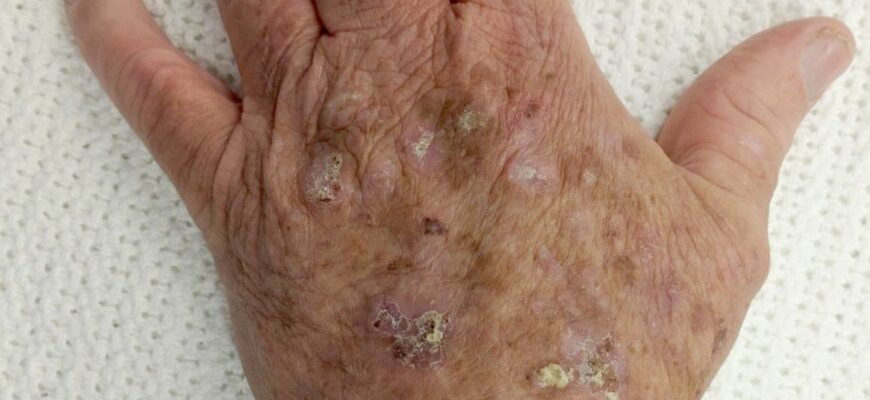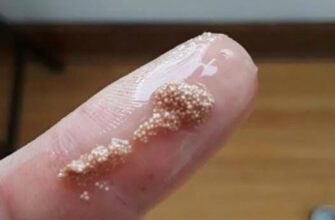Keratosis is a common skin condition that involves the overproduction of keratin, a key protein found in the skin, hair, and nails. This buildup leads to the formation of rough, scaly, or thickened patches on the skin. While most forms of keratosis are harmless, some types can be a warning sign of precancerous changes and should not be ignored.
Types of Keratosis
There are several types of keratosis, each with its own characteristics and implications:
Seborrheic Keratosis
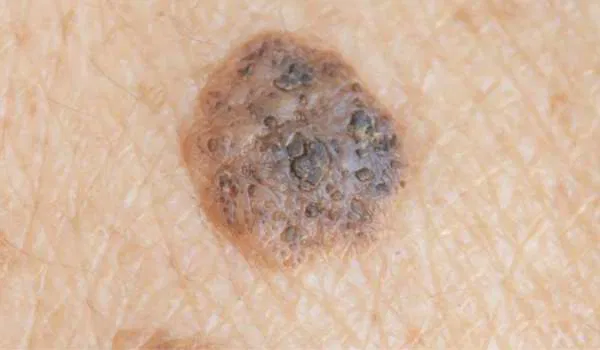
This is a benign (non-cancerous) skin growth that appears as a brown, black, or tan spot. It often looks waxy or wart-like and can occur anywhere on the body. Seborrheic keratoses are very common in older adults and tend to increase with age. They are harmless and usually do not require treatment unless they become irritated or unsightly.
Actinic Keratosis (Solar Keratosis)
This type is considered precancerous. It usually appears as rough, dry, or scaly patches on areas of the skin that receive a lot of sun exposure, such as the face, ears, scalp, hands, and forearms. Actinic keratoses are caused by long-term exposure to ultraviolet (UV) radiation and have the potential to develop into squamous cell carcinoma if left untreated.
Keratosis Pilaris

Also known as “chicken skin,” this harmless condition causes small, rough bumps, usually on the arms, thighs, cheeks, or buttocks. It’s the result of keratin blocking hair follicles. While it doesn’t pose a health risk, it can be cosmetically bothersome. Keratosis pilaris is more common in children and adolescents and often improves with age.
Causes and Risk Factors
Keratosis can be caused by several factors, depending on the type:
- Sun exposure is the primary cause of actinic keratosis.
- Genetics may play a role in seborrheic keratosis and keratosis pilaris.
- Dry skin, hormonal changes, or other skin conditions like eczema may contribute to keratosis pilaris.
- People with fair skin, those who spend a lot of time outdoors, or those with a family history of skin disorders are at higher risk for developing certain types of keratosis.
Diagnosis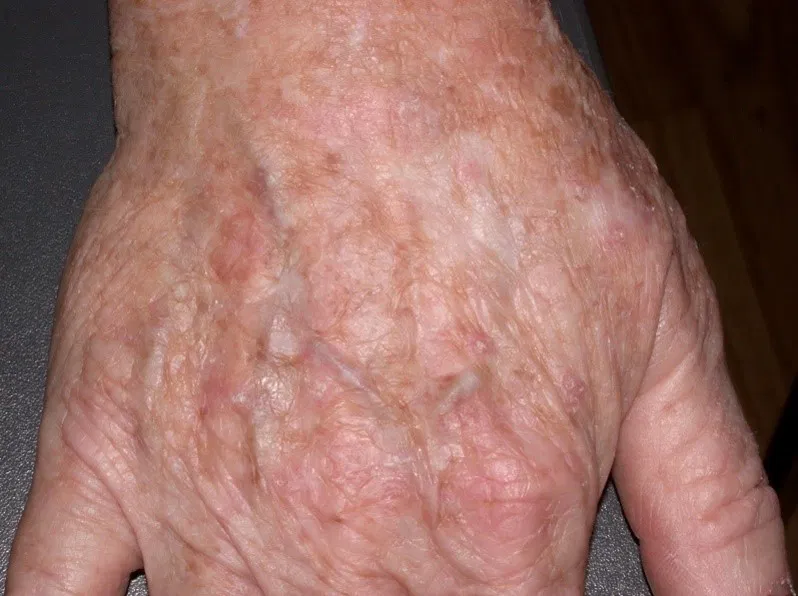
A dermatologist can usually diagnose keratosis through a physical examination. In some cases, a skin biopsy may be performed to rule out skin cancer, especially if the lesion is changing in shape, size, or color.
Treatment Options
Treatment varies based on the type of keratosis:
- Seborrheic keratosis often doesn’t require treatment, but removal options include cryotherapy (freezing), curettage (scraping), laser therapy, or electrosurgery.
- Actinic keratosis should be treated to prevent skin cancer. Options include cryotherapy, topical medications like 5-fluorouracil or imiquimod, photodynamic therapy, and chemical peels.
- Keratosis pilaris is usually managed with moisturizers, gentle exfoliation, and creams containing lactic acid, salicylic acid, or urea.
Prevention and Management
To lower your risk of developing keratosis, especially actinic keratosis, consider the following:
- Wear sunscreen daily with SPF 30 or higher.
- Avoid tanning beds and limit sun exposure during peak hours.
- Use moisturizing creams regularly to manage keratosis pilaris.
- Check your skin regularly for new or changing spots and consult a dermatologist for evaluation.
When to See a Doctor
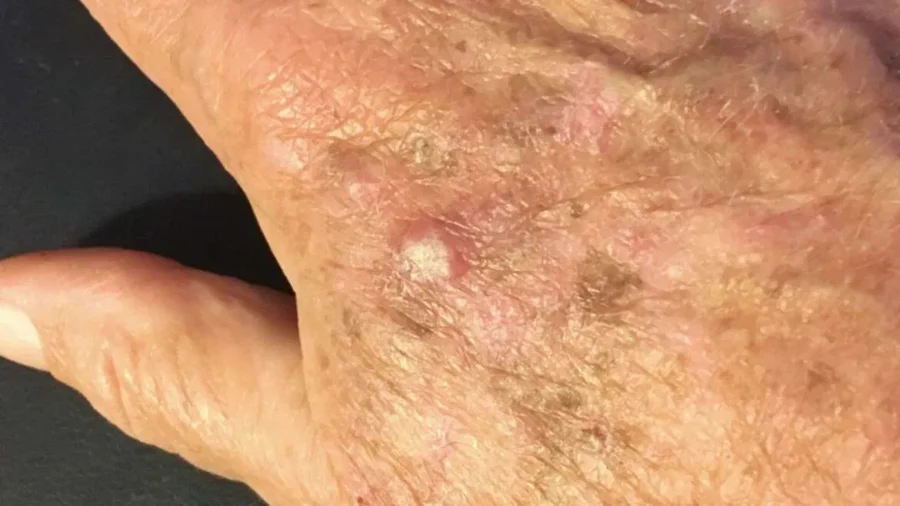
- Seborrheic keratosis often doesn’t require treatment, but removal options include cryotherapy (freezing), curettage (scraping), laser therapy, or electrosurgery.
- Actinic keratosis should be treated to prevent skin cancer. Options include cryotherapy, topical medications like 5-fluorouracil or imiquimod, photodynamic therapy, and chemical peels.
- Keratosis pilaris is usually managed with moisturizers, gentle exfoliation, and creams containing lactic acid, salicylic acid, or urea.
Prevention and Management
To lower your risk of developing keratosis, especially actinic keratosis, consider the following:
- Wear sunscreen daily with SPF 30 or higher.
- Avoid tanning beds and limit sun exposure during peak hours.
- Use moisturizing creams regularly to manage keratosis pilaris.
- Check your skin regularly for new or changing spots and consult a dermatologist for evaluation.
When to See a Doctor
➕
